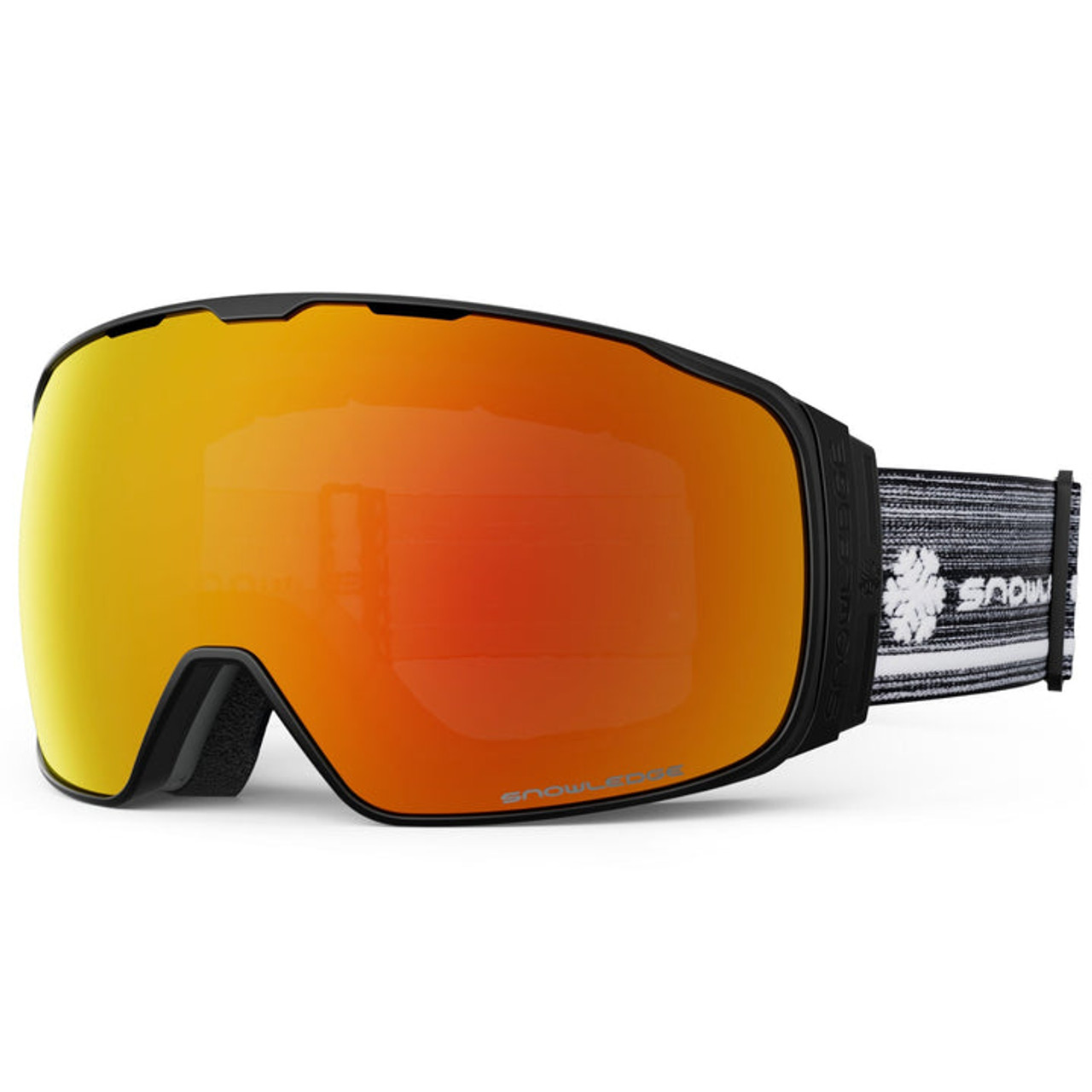What does VLT mean for ski goggles?
There are numerous considerations you need to take into account when researching which ski goggles will be best for your particular needs. One of the important considerations is how you want your ski goggles to handle light transmission.
What Does VLT Mean for Ski Goggles?
When it comes to light transmission in ski goggles, the important consideration to be aware of is the VLT rating. VLT stands for visible light transmission. This ranking is a percentage that indicates how much light goggle lenses let through.
What Are VLT Ratings for Ski Goggles?
The VLT rating of an individual lens will range anywhere from 0 percent to 100 percent. Lower percentages mean that a pair of ski goggles will allow less light to pass through. Higher percentage ratings indicate that a pair of ski goggles will allow more light to pass through.
Usually, certain lens colors go along with certain VLT ratings. For example, silver, dark gray and red lenses are typically used with lower VLT ratings. At the same time, higher VLT ratings are typically seen in lenses that have colors like amber, green-blue and red-orange.
VLT Options for Your Ski Goggles
VLT options vary widely. Ski goggles will typically come in ranges like 9 to 13 percent, 15 to 19 percent, or 50 to 60 percent. They can go all the way up to a 90 to 95 percent range. When you select your ski goggle lenses, you can choose both what range you want and what color your prefer. You can also choose to have polarized lenses in your ski goggles in addition to lenses that correspond to your light transmission needs. Polarized lenses are designed to block out glare.
Which VLT Rating is Best for Your Ski Goggles?
The VLT rating that will be best for you will depend on the light conditions that you'll be skiing in. Those who are skiing in very bright light conditions should choose ski goggle lenses with lower percentage ratings because these lenses will allow less light in. However, those who tend to ski in dark and overcast conditions should choose lenses with a higher VLT rating because these lenses will let in more light.
Of course, ideally you'll have ski goggles that can handle a wider variety of light conditions than these ranges offer. If you want to have ski goggles available that can handle a range of different light conditions, you have two options.
Low VLT vs. High VLT Rating
One of your options is to purchase more than one pair of ski goggles. You can use a pair of ski goggles with a low VLT rating that you can use in bright sunlight and another pair of ski goggles with a higher VLT rating that can handle night skiing and other dark conditions. While purchasing two pairs of ski goggles is a great way to cope with lighting differences, it will require you to change out you goggles if you want to adjust for changing light conditions.
Photochromic Ski Goggles
The other thing you can do is opt for photochromic ski goggle lenses. Photochromic ski goggle lenses are capable of offering a wider range of light transmission. Some of these ski goggle pairs can span up to 60 percent in terms of VLT percentage ratings. This is the best way to handle significantly varying lighting conditions without having to change to a different pair of ski goggles.
Prescription Swim Goggles – Sports Goggles – Ski Goggles
Leader in Prescription Goggles and Glasses
Kids RX Swim Goggles – Adult RX Swim Goggles – Prescription Sports Goggles - RX Ski Goggles

 Canadian Dollar (CAD)
Canadian Dollar (CAD)
 Euro (EUR)
Euro (EUR)
 British Pound (GBP)
British Pound (GBP)








